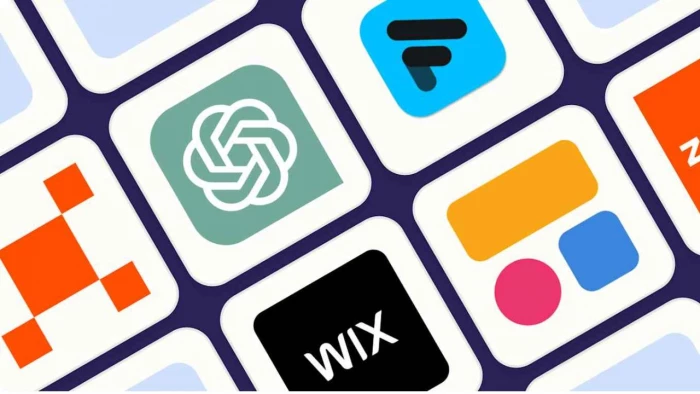

In our digital age, AI is everywhere. But beyond the big names like ChatGPT, Midjourney, or DALL-E, there are lesser-known gems that can seriously boost productivity, creativity, or just help you have fun. Here are ten free AI tools I think more people should use — each for a different kind of need.
What it is: An all-round writing and editing platform. It offers paraphrasing, fact-checking, plagiarism detection, content improvement, and more.
Why you’ll love it: If you write regularly — blog posts, reports, essays — JustDone helps make the text cleaner, more polished, and ensures your claims are fact-checked.
Use case: Student writing papers; marketers refining copy; anyone who wants both creativity and accuracy.
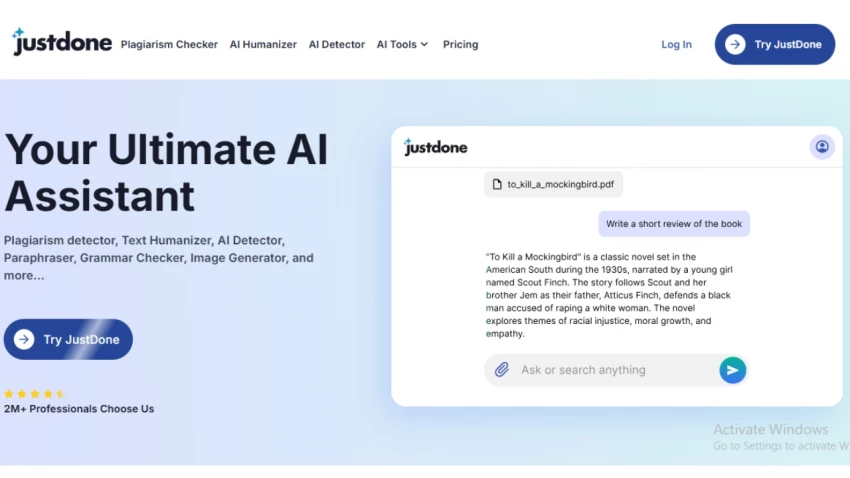
What it is: A tool that generates application code from natural-language descriptions. You describe what you want, and it generates backend/frontend scaffolding (React, TypeScript, CSS, etc.).
Why it matters: Even with little experience, you can get working prototypes quickly. For developers, it’s a huge timesaver.
Limitation: The free tier has limits (e.g., messages per day). But still enough to try things out.
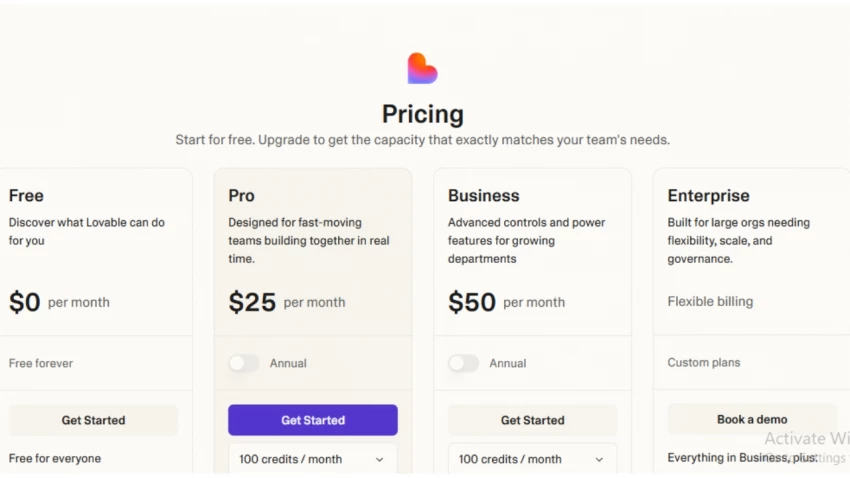
What it is: A free, non-commercial text-to-speech tool that lets you generate voices of certain fictional characters, often with emotional inflections.
Why it’s fun/useful: Great for content creators, fan-edits, storytelling, or just playing around. It gives a voice personality rather than dry TTS.
Note: Mostly a hobby/research tool; commercial use and licensing might be limited.
What it is: An AI automation tool that connects your apps (like browser, productivity tools, etc.) to automate workflows.
Why you need it: For repetitive tasks (e.g., pulling data from emails, filling reports, copying between apps), Bardeen can save hours.
Use case: If you spend time doing copy-paste or doing the same steps every day, set up an automation once with Bardeen and forget about it.
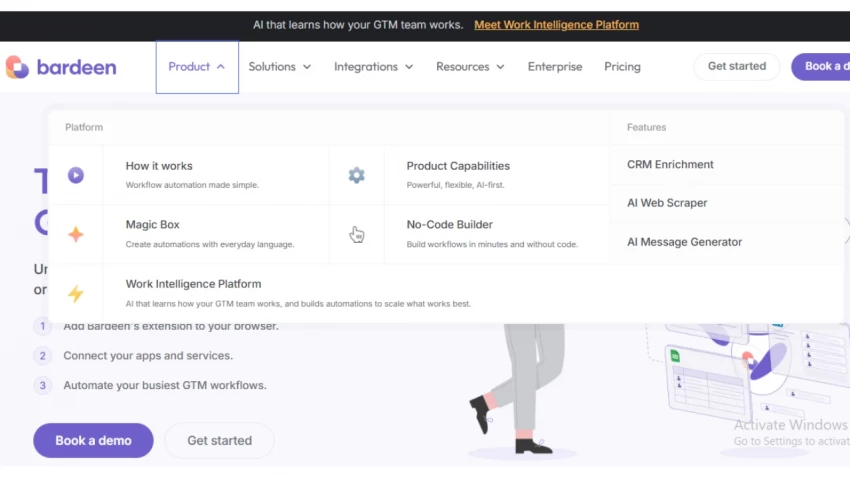
What it is: A free AI content generation tool. It helps with social media captions, blog ideas, product descriptions, etc.
Why it matters: Sometimes writer’s block hits. With Copy.ai, you can quickly get drafts or inspiration.
Tips: Always review (because free tools may produce generic or slightly off outputs). Tweak the prompts to get more personalized content.
What it is: AI-powered video creation tool. You can convert text (e.g., a transcript or a blog post) into engaging video content using templates, image/video assets, etc.
Why it’s useful: If you want to repurpose your written content into videos for social media or presentations, this simplifies the process.
Free limitations: The free version has constraints on features, assets, watermark, etc. But enough to experiment.
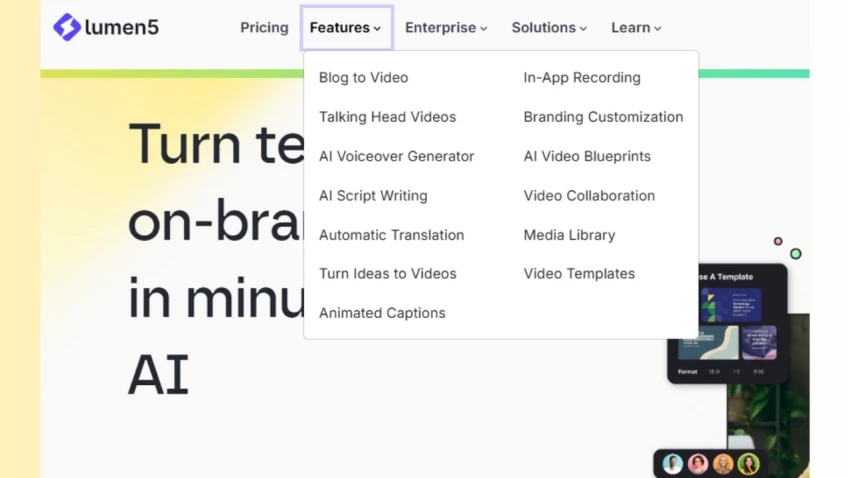
What it is: Part of Canva, letting you turn text prompts into art/images.
Why use it: If you need visuals fast (for social media, presentations, thumbnails), this gives you a quick way to generate them without hiring an artist.
Tip: Combine generated art with Canva’s editing tools (fonts, layout) to polish it.
What it is: Audio stem splitting tool — you can separate vocals, instruments, drums, etc. from audio tracks.
Why it’s special: For music producers, remixers, video creators, or podcasters, being able to isolate or remove parts of a track is very helpful.
Free tier: Has limits on minutes or throughput. But for small projects or experimentation, it is quite usable.
This isn’t a single tool but a set of tools curated by Zapier. Tools like Pixlr (online AI photo editor) are often overlooked.
Why it’s helpful: When you’re looking for something specific — image editing, creative tweaks, or quick content adjustments — these small tools often deliver exactly what you need without switching tools or logic.
What it is: A command-line interface allowing access to Google’s AI capabilities (e.g., Gemini 2.5 Pro) via terminal/command prompts.
Why techy people will dig it: If you prefer working in terminals, want automation, scriptable AI help (writing code, fixing bugs, managing tasks) without GUI overhead, this is powerful.
Best use: Developers, researchers, or people comfortable with code.
We often stick with the big names in AI. But branching out to use some of these lesser-known tools can give you an edge — cheaper, faster, more fun, or more creative outcomes. Next time you have a small problem (need music, voice, automation, or visuals), try one of these before reinventing the wheel.
Be the first to post comment!